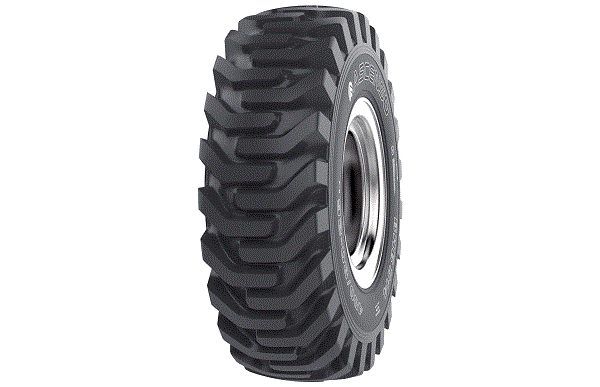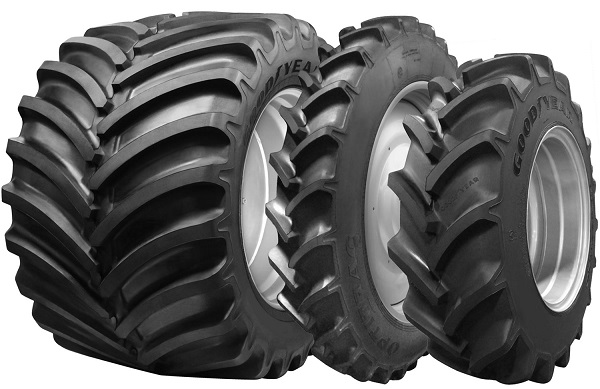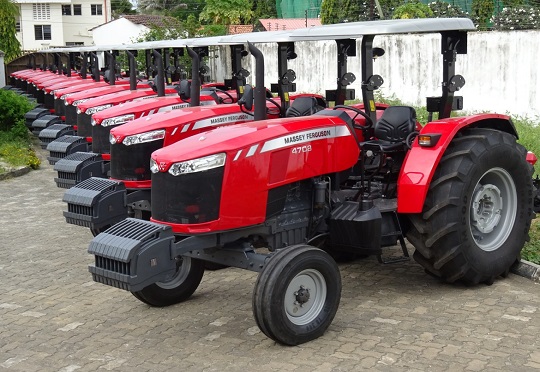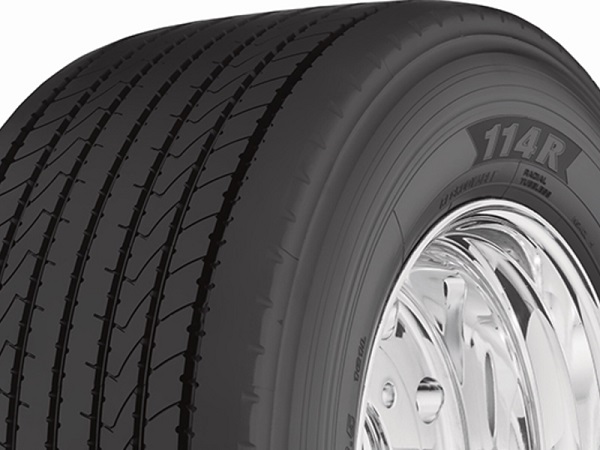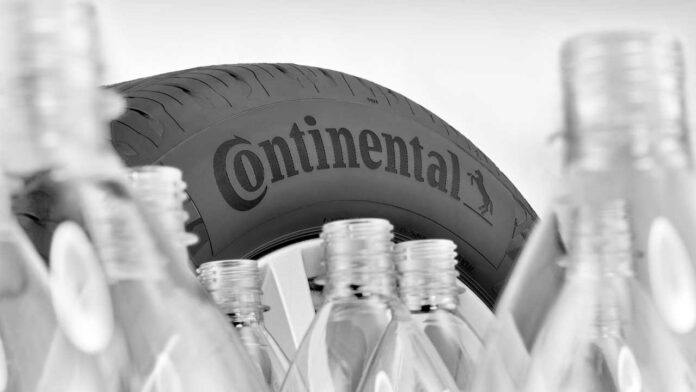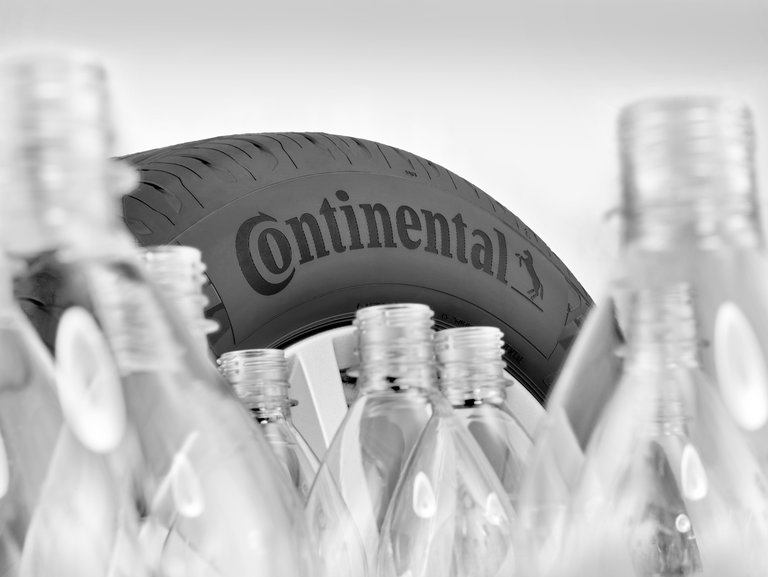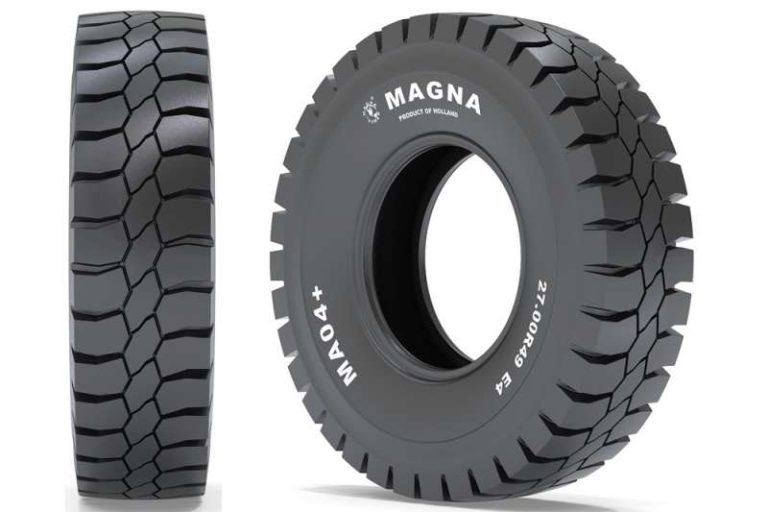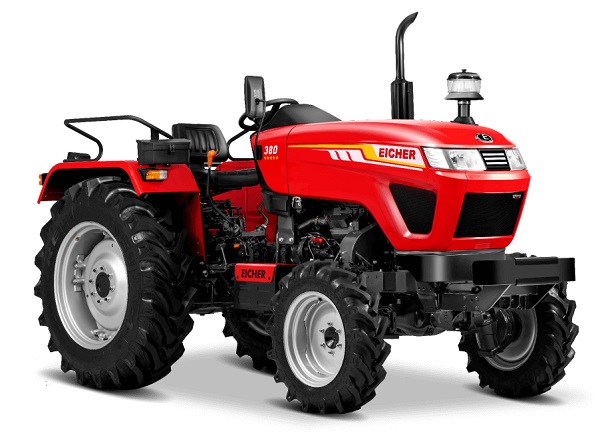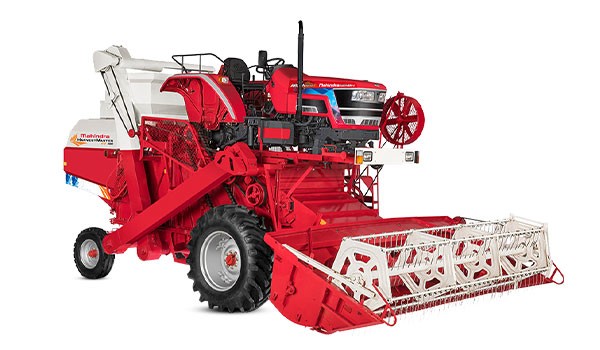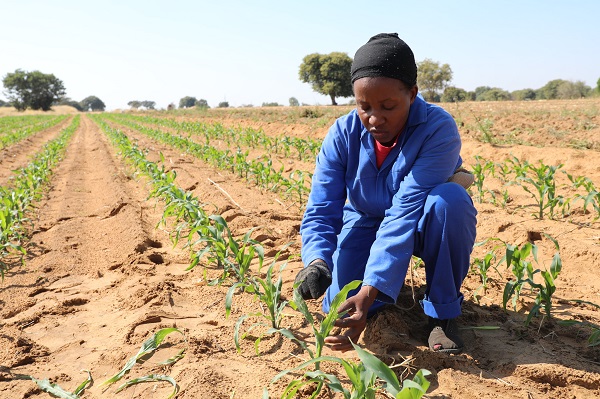Have you ever wondered what’s written on your OTR tyres? What do those markings signify? It might seem like a code when you first look at it, but it’s no rocket science to decode the same.
These are important attributes that differentiate a tyre from another and help you figure out the size of the tyre, and the environment it is compatible with.
We are here to answer all questions you might have regarding these markings. By the end of this, you will practically know how to read a tyre.
Let’s start with what is a sidewall?
Although the name itself justifies the meaning, let’s understand it a bit further. The sidewall is the portion of the tyre between the rims and the tread.
The sidewall markings can tell you everything you need to know about your tyres. So, in order to find out the best companion for your applications, you must learn to decipher the meaning behind these codes.
Decoding the Tyre
Sectional Width: It is the inflated width of the tyre under reference tyre pressure, excluding any bars, alphabets, or design embossed on the sidewalls. The sectional width is measured after the tyre is properly mounted on the reference rim and inflated at the pressure recommended by the manufacturer. It is denoted by mm/inches.
Tyre Construction: The small hyphen (-) you notice between two digits indicates the tyre construction. Here the hyphen (-) denotes bias tyre construction. Whereas for the radial construction “R” will be mentioned that indicates that tyre is Radial ply.
Nominal Rim Diameter: Outer diameter of bead seat area of rim flange is nominal rim diameter code. It is measured in inches.
Aspect Ratio: Aspect ratio is one hundred times the ratio of the Design Section Height to the Nominal Section Width.
If you want to find a tyre’s aspect ratio, you should look for the number following the slash. The ratio indicates the height of the tyre’s cross-section to its width. A tyre with a higher aspect ratio may compromise handling but will give more comfortable rides. Ascenso Tyres strives to balance the aspect ratio to deliver excellent handling and comfort without compromising the other.
Directional Arrows: Do you see an arrow marking on the sidewall of the tyre? These are directional arrows which are used to indicate the direction in which the tyre should rotate in service in the case of directional type tyres. One must fit the tyre in the right direction; therefore, the direction of rotation of tyre is mentioned on the sidewall through an arrow.
Load Index and Speed Index: LI informs you about the weight a tyre can support when properly inflated. It is strictly advised not to exceed the LI mentioned on the tyre.
The load index is a numeric code that defines the tyre´s maximum loading capacity in kg.
The speed index is a symbol that indicates the maximum speed admitted at the given load index,
Let’s take a look at the tyre to understand the terminology better.
- 18.4 indicates nominal Sectional Width (mm).
- (-) denotes bias tyre construction
- 30 is the nominal rim diameter in (inch).
- Brand name & Logo Unit are also present on the sidewall
- Load index (LI) & Speed Index (SI) is mentioned, along with the direction of rotation of the tyre.
- Tractor Drive Radial (TDB)120 is the pattern name mentioned on the side wall.
This is a guide to help you learn what your tyre sidewall markings mean and how important they are for you as a driver.
Ascenso Tyres
Magna Tyres boosts global Footprint with new acquisition
Continental Tyre’s road to sustainability
